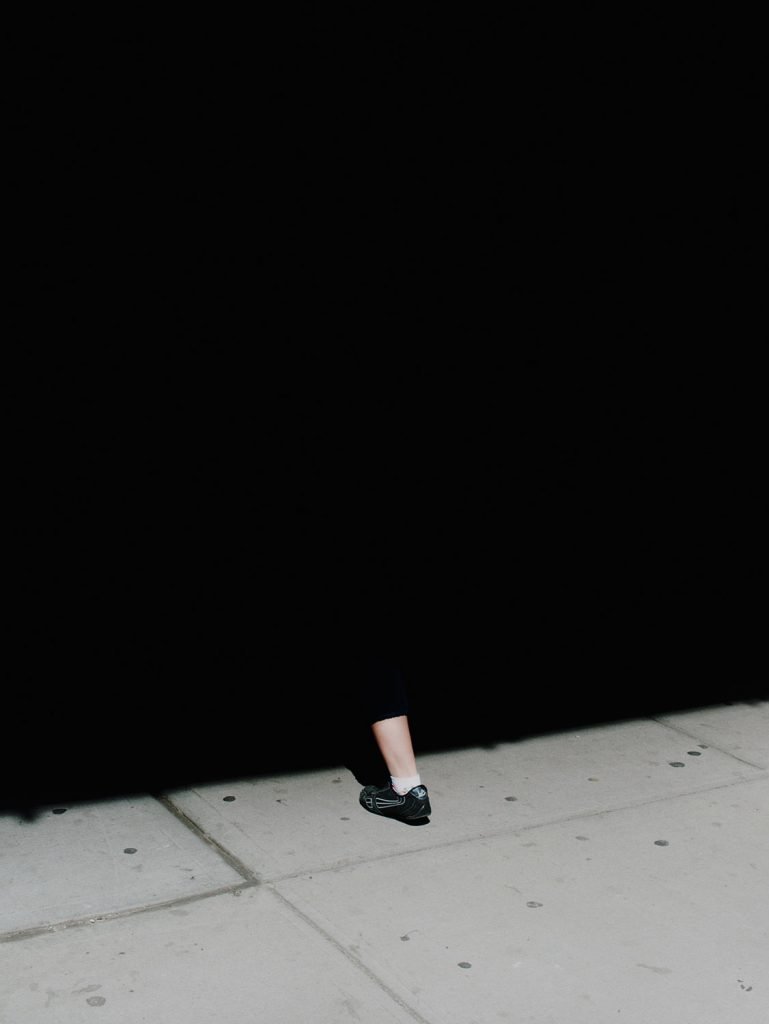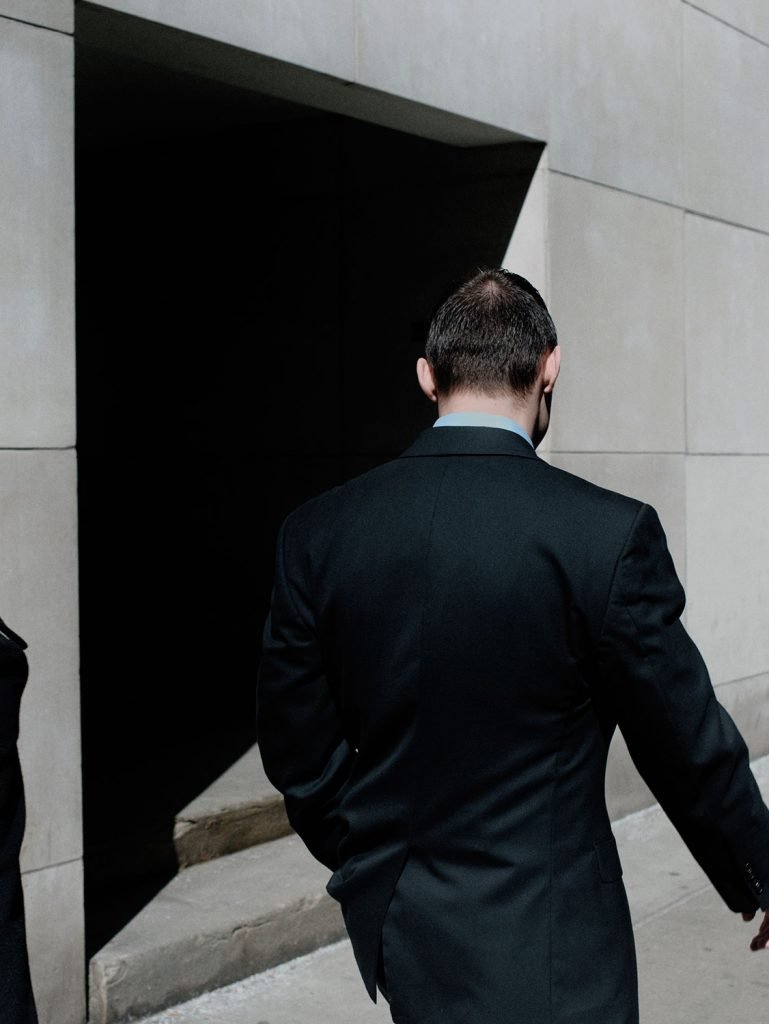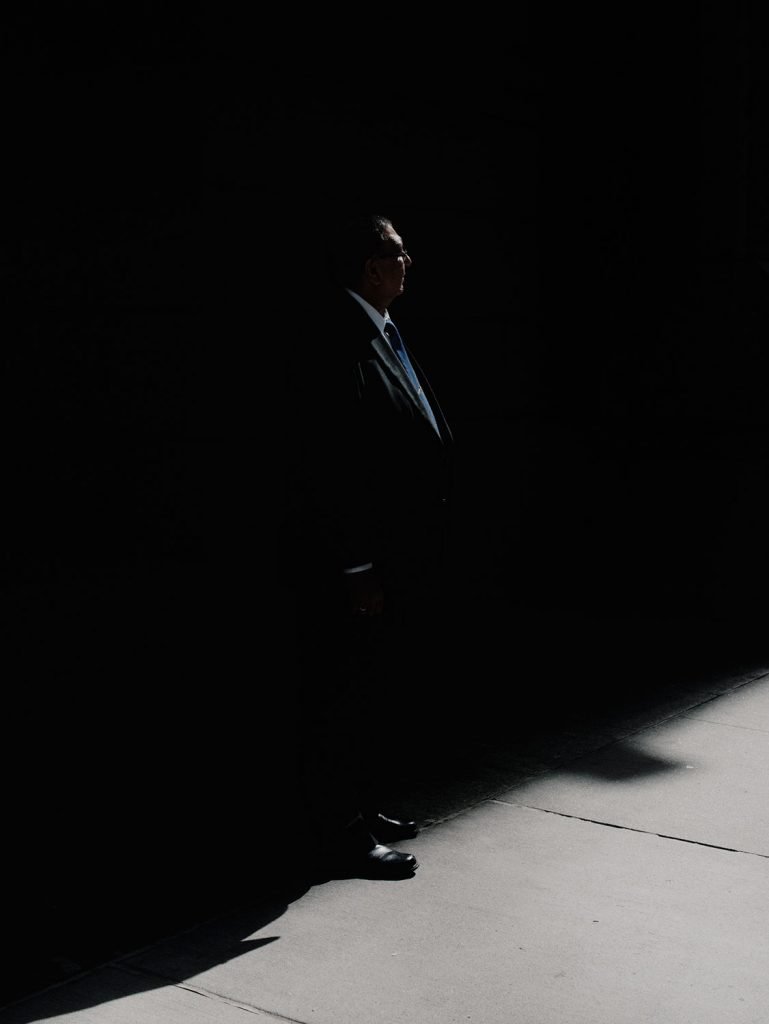Giangiacomo Cirla: Tell me about your first approach to photography, what brings you to this medium?
Aapo Huhta: I was born in a small village in the middle of Finland and had a strong urge to leave the place when I finished school there. I applied for the University of Helsinki to study to become a teacher, or mostly to get away. I think I never really had a dream job. At the time I was moving to Helsinki I bought myself a camera and started making images, using mostly my friends and my girlfriend as models. There was not an actual purpose for these images or a deeper understanding of what I was doing, but what really caught my eye, in the beginning, was the coincidental nature of photography and that evolved slowly to an idea of collecting these coincidences by developing a nose for them. After finishing my BA in education, I applied to study photography at the Lahti Institute of Arts and Design and later I also did my masters in photography at the Aalto University of Arts and Design, Helsinki. While working on my photographic studies, I got interested in reading all kinds of photography through a “documentary element”, meaning I started to trace the actual things that have happened when the photograph is taken. I was not really interested in the illusion the image creates but the actions behind the illusion. This idea or a way of reading photography has followed me ever since.
GC: What are your main interests as an artist and what are the main themes you work with?
AH: The themes I deal with in my photographic practice are not completely clear to me when I start making the images. This unclarity is one of the things I enjoy the most in photography as it takes me to new directions beyond my imagination. If I didn’t work like this, I am afraid I would end up repeating either myself or someone else’s work. I believe it is essential to get lost, to not know what I am doing. To find my way out from there and learn something new, for me that gives me the biggest thrills I can imagine. So it is hard for me to answer this question in a few words. But I often find myself trying to make images where familiar becomes unknown, the mundane turns otherworldly or things just look silly.
GC: Your photographic work seems to have an experimental documentary essence, what is the value of this kind of photography today and why this choice in your work?
AH: I find photography extremely limiting in the ways it tells about things. I mean, it is always fractions or questions, carefully selected to create an illusion of something. Many times, when looking at the traditional documentary works I feel that they are often trying to tell something that is impossible to reach, or perhaps a moving image with a voice over could tell it so much more precisely. My curiosity towards using alternative methods to build up narratives grows from this challenge, perhaps it is not so experimental in a sense that it is linked to the basic ontological questions of photography, but I try to be open towards new ways of building narratives with images. This has been one of my main interest in the past recent years, but at the time of the fake news and alternative truths, it has somehow started to feel different. It seems people get fooled too easily anyways, so what’s the point of creating more confusion. I don’t know. Still, I want to respect the ambiguous nature of truth and be conscious of how we mold it in order to create narratives for ourselves. Meaning, it might be more challenging than ever to make photographic works that are relevant and strong and at the same time don’t fall into a trap of one-dimensional simplification.
GC: Your last project, called “Block”, is an essay on the city through the observation of shapes or peculiar lights. A new narrative that describes a new place, a work of mapping and content creation that brings us in a world described through photography. What comes out from this tale?
AH: I am not sure if there is one answer to the question. In a way, it is a tale but at the same time, all those moments that were captured by the camera actually happened. This gray area between real and unreal was one of the things I was extremely keen on while working on Block. I mean, with a camera you can create images that are completely different than how our ordinary life looks like, yet that can still be true for a split second.
GC: Block is your first book, how was working on an editorial project and what kind of dynamics you have to follow to adapt your work for a book?
AH: When I was still making images for Block, I started making cheap dummy books, only for myself to physically examine how the images work together. Usually, when the dummy finally arrived in a week or two, it was already considered as “an old one” as I had some new material and new ideas on how to build the narrative. So, the whole project was made to be a book and only after finishing the book it has then found a spatial interpretation. I made the images for the book in two phases and the book design started to find its form already before the second time I was in New York to shoot for the book. That made it easier to find ways to expand the material and to control the balance between images.
GC: The relation between photography and cities is an important topic especially in the contemporary history of American photography, among which artists like William Eggleston, Stephen Shore, Joel Meyerowitz or Paul Graham. How did you relate to the various references and how much you’re being outside these places have affected your freedom of thought during your work?
AH: Of course, while working on the series, I tried to be clever and to study all the photographic works that have been made in the big American cities, especially in New York. I also got quite some help with that from my teachers at the SVA while studying there. But as a newcomer coming from a faraway Nordic country, I was definitely the weird guy with a weird accent. I didn’t find it limiting but at the same time, I never felt I belonged to that place. I was a stranger and perhaps that is one of the differences, that almost all of the ones you mentioned above have been exploring their own culture while for me it was a trip from another place.
GC: One of the main themes I’m interested in photography and art, in general, is their relationship with new technologies and the possibility allowed by technological advancements. What is your opinion about photography in the era of digital and social?
AH: This is a topic where I easily feel I am getting old, meaning I sense a gap between my generation and the one that is only a few years younger on the approach towards social media. There has been so much talk about how the stream of images changes the ways we look at them or the general idea of likeability and I am not too interested to contribute to that. Briefly, I enjoy the photography that requires time and space and has physical dimensions. On the contrary, to prove yourself or to the others how wonderful and amazing you are by collecting likes is not really interesting to me. Maybe the “traditional” photography, existing mostly in books and exhibitions is actually a different thing compared to the photography that has its purpose in social media. Maybe we should separate them in our minds too so they would not even try to challenge each other.
GC: I really want to know what are your opinions about the power of falsification belonging to images. Also, your work tells about a fictitious city created through visual narratives aimed to tell certain aspect more than others…
AH: It definitely is a topic where our perceptions are changing these days. Sometimes though, fiction can be a better tool to propose ideas or thoughts that are hard to handle in reality. However, it seems to me that this is largely an issue in particular contexts and art photography at least tends to be open about processes and what the work is actually about. With my book Block, I believe it is obvious to the viewer that I am not aiming for truth in a sense of trying to show how we generally see New York in our daily life. But the work openly suggests that it can be seen in other ways too. I still feel, that no matter the context we need to be conscious of this issue, maybe more than before.
GC: What are your plans for the future?
AH: I have been working on my second photo book for three years now. It seems it is coming out later this year. After that, I try to focus on things that are geographically near me. I try to limit my flying as I feel I have already flown more than anyone should. So I try to find ecologically more sustainable ways to do my stuff.
Aapo Huhta (1985) is a Helsinki based photographer. He holds an MA in photography from the Aalto University of Arts and Design, Helsinki Finland.
Huhta focuses on experimental documentary with themes arising from personal observations. Exploring different forms of photographic essay, its methods and possibilities are playing a major role in his work. In 2014, Huhta was selected as one of the Top 30 Under 30 photographers by the Magnum Photos. He received the award of the Young Nordic Photographer of the Year 2015 and was chosen for the Joop Swart Masterclass in 2016. His first monograph “Block” was published by Kehrer Verlag in 2015.
Huhta is also known for his assignment works. His work has been published in Vice, The Guardian/The Observer, Bloomberg Businessweek, Stern, Financial Times, Die Zeit Magazine, Dazed Digital, Morgenbladet, Paper Journal, Fotografia Magazine, APhotoEditor, Raymond, X, Suomen Kuvalehti, Image, and Helsingin Sanomat among others.















